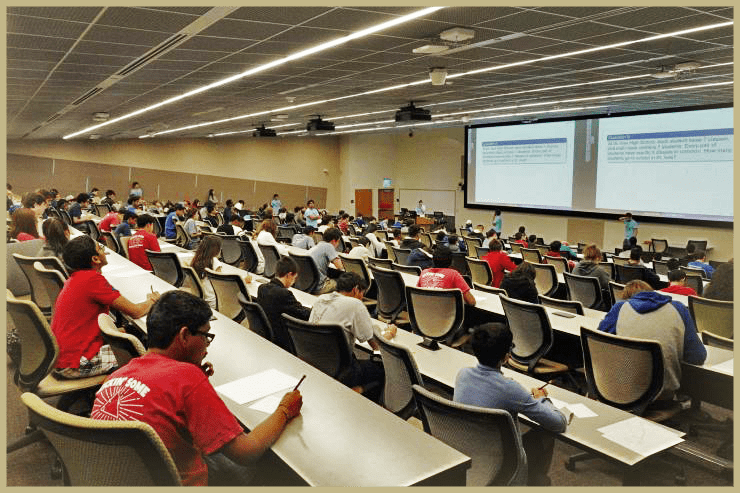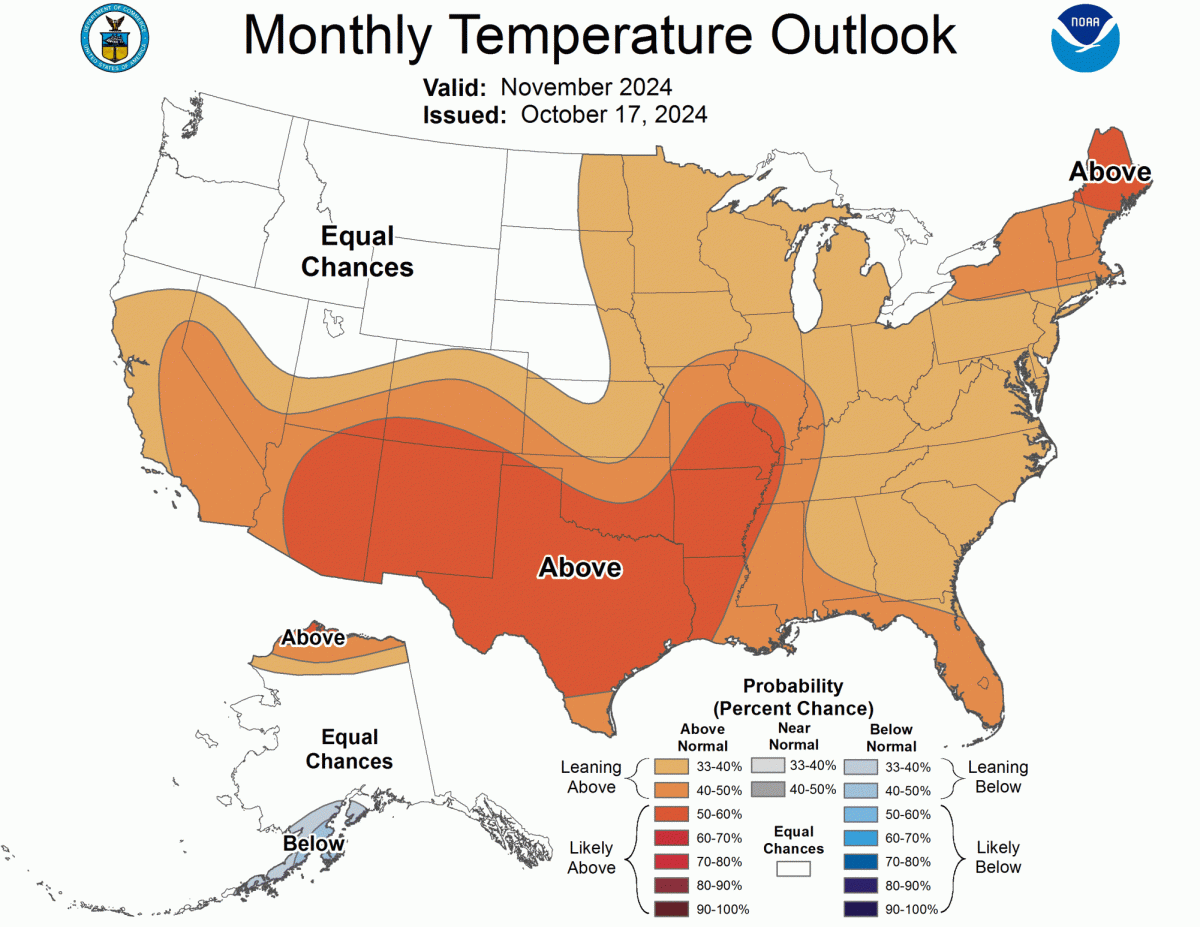It’s finally May, the last month before summer break. Unfortunately, the weather does not seem to match students’ attitudes: the first two weeks will likely be littered with rain and thunderstorms. Conditions like these makes it easy for flash flooding to occur. However, by knowing what to do before, during, and after flash flood events, students can ensure that they, their families, and their homes stay safe.
Preparation
There are 4 actions students can do to prepare for flash floods. These actions have no specific order or duration, but it is important to get them done at some point.
- Know the signs: A flash flood watch means that a flash flood could happen based on favorable conditions. A flash flood warning means that a flash will likely happen, and that you should take action to evacuate immediately.
- Ask questions: Talk with your parents about flood insurance. In the chance that a flash flood damages your home, insurance can relieve you of some of the financial burdens.
- Keep things safe: With how instantaneous flash floods can occur, it is extremely difficult to protect your valuables in time. Have a watertight container for important documents and objects so that even if flood waters make it inside your house, they will stay safe.
- Check your area: Flood risk maps provide analyses about the likelihood of flash floods in your area. You can find a link to one at the bottom of this article.
- Make an emergency kit: If a flash flood is occurring, the most important thing is to evacuate quickly. An emergency kit can save you the time of packing food and water. For more information about emergency kit, check Issue 1 of this miniseries.
- Have a plan: Consult with your family of how you plan to evacuate. Determine a specific place you plan to drive to, as well as how to communicate with each other if you are separated at the time of a flash flood.
In the event
Once preparations are over, the hardest part is out of the way. Though there are numerous ways that a flashflood can occur, there are 3 key things to always remember:
- Move to higher grounds.
- Listen to local news for evacuation orders.
- If you are approaching floodwaters, whether by car or foot, turn around. Even a few feet of water are enough to pull you away
After the event
A flash flood can be scary and the resulting impact it may have on your area could be heartbreaking, but it is important to stay calm and follow a few simple rules
- Wait until official give permission to return home. Check local news or use a radio.
- When cleaning your house, use protective clothes and discard any floodwater contaminated items. Watch out for wild animals, gas leaks, power lines, chemicals, and general house damage.
- Refill your emergency kit. Remember the importance of preparation.
Conclusion
Though it may feel dour to mention such serious topics at the end of the school semester, safety should always come first. For more information, refer to some of the sources below.
General Info: https://www.redcross.org/about-us/news-and-events/news/2018/flash-flooding—how-to-stay-safe.html
Weather in Kennesaw: https://weather.com/weather/tenday/l/Kennesaw+GA?canonicalCityId=940ee687cd4eb95b94239b99b90243436e28abd3b41bc3c7f267fdb90891fd33
Flood Risk Maps: https://msc.fema.gov/portal/search?AddressQuery=Kennesaw%2C%20Georgia
Specified Info (Preparation Information): https://www.floodsmart.gov/first-prepare-flooding
FloodSmart (Flood Insurance): https://www.floodsmart.gov/
Georgia specific info: https://gema.georgia.gov/floods-and-flash-floods
An in-depth guide of flash floods: https://www.weather.gov/pbz/floods#:~:text=Most%20flash%20flooding%20is%20caused,restrict%20the%20flow%20of%20water.






